How Many Value Stocks Should I Own?
On a typical trading day, value investors should own 30 to 50 stocks if the market is not overheated or undervalued. However, value investors never have a quota on the number of stocks they must own.
When the market crashed in 2009, Warren Buffett and other value investors just started buying broad market ETFs like SPY and DIA. In their minds, the whole market was undervalued. When the market is too hot, value investors may even eliminate companies from their portfolio in preference for cash.
On a typical trading day, Warren Buffett’s company Berkshire Hathaway, owns about 50 stocks. That seems like a good limit for the average investor, as even the best value investors at Berkshire Hathaway limit themselves to 50 companies.
The Dow Jones Industrial average has 30 stocks. That is a good minimum number of stocks you would want to own as a value investor. The Dow Jones is a reputable index that was created in 1886. As a value investor, you’re trying to beat the overall stock market, so it may make sense to have at least a similar number of stocks in your portfolio as the indices you’re trying to beat. The Dow jones’ 30 stocks is just a fraction of the total 2,400 stocks listed on the New York Stock Exchange.
How Many Stocks Should the Average Investor Own?
The average investor that uses a value investing strategy should have at least 13 stocks in their portfolio. Though you should strive to have more stocks in your portfolio, the reality is that the average investor has limited time to research investments.
The average retail investor has a job, family, and other pursuits and cannot dedicate as much time to investing as a professional. So, 13 stocks are the most you may be able to monitor and properly research. This number comes from some requirements and assumptions:
- Long term investors should reassess each individual holding every quarter when new company information is published.
- You should dedicate at least 2 to 3 hours of time to assessing a stock.
- Average investors have work and other commitments on the weekdays, leaving only the weekends to assess stocks.
- With 13 weekends a quarter, you can assess one stock in your portfolio properly each week. After 13 weeks, you start again.
Of course, this is an oversimplification. You might be asking, when should I be discovering new investment opportunities? But the point is that for the average investor, a portfolio of 13 stocks balances three objectives:
- Maximizes diversity.
- Provides enough time to make quality decisions.
- Accommodates for other life priorities.

How Many Stocks Should I Own with $1k, $10k, or $100k?
Let’s start at the very lowest portfolio value: $1. At one dollar, you should buy a fractional share of stock immediately. One fractional share of stock costs you zero commission, zero in taxes (for certain tax brackets), and will make you more money in the long run than buying a lottery ticket.
Literally buy whatever stock you know of.
For your first stock, it doesn’t matter what you buy, you just need to start. Delaying investing is the biggest mistake new investors make.
However, after your first investment, you need to dedicate time to properly researching a stock. Value investing involves calculating an intrinsic value of a company, then assessing your risk factor to discount the price point you’re willing to invest at.
Take your time to assess stocks. This process can take months for a new investor. In the meantime, diversify your value portfolio with ETFs to keep exposure to the market.
As you find the specific stocks you want to invest in, reduce your positions in ETFs to focus your capital on the stocks you assess can outperform the broader market.
How Many Stocks Should I Own with $10,000?
Once you reach $10,000 in your portfolio, you should be investing in at least 13 stocks. Unlike new investors starting with as little as $1 or $1000, $10k is enough money that you should dedicate the time weekly to assess one stock in your portfolio. Hence, at $10k, you need to make time to assess your portfolio and keep it growing.
Long-term investors like BetterInvesting Clubs have been able to beat the broader market. Taking at least an hour a week, let’s say you beat the market and make a 15% annual return. That is $1,500 you just made! Divide that by the hours you spent doing your research, and you earned $28.84 an hour!
At $10k, it is worth your time to have 13 quality stocks you can dedicate at least an hour to studying every quarter.
How Many Stocks Should I Own with $100,000?
When you get to $100,000, you should begin to transition from 13 stocks to 30 stocks or more. However, at $100k, there are some other opportunities to consider.
The use of options can help add more profit to your portfolio
Unlike shares of stock, options contracts are not traded as fractions. One contract equals 100 shares. The typical price of a stock will vary as stock prices are arbitrary and can be adjusted by a company using splits. As of Q3 2023, the average price of a stock in the Dow Jones industrial average was $176. Hence, the typical options contract for a Dow Jones stock needs to be able to cover $17,600! The lowest stock on the list was Walgreens (WBA) at $22.48.
Hence, you would need $2,248 to cover this option position.
To diversify $100k into 30 stocks, you would need to spend $3,333 per stock. However, this may then prohibit you from using options to supplement your portfolio. If the stock price is over $33, you would have to put more money into that stock to get 100 shares, reducing your portfolio’s diversity.
In general, consider 30 stocks when you have $100,000 in investments.
Side Note: How to Add More Profit with Options
A simple way to add profit to your options while keeping risk low is to use options to buy and sell stock.
- To sell a stock, sell a call at a strike price you are willing to sell at. If the option is exercised, your shares are sold, and you pocket the option fee.
- To buy stock, sell a put at the strike price you are willing to buy at. If the option is exercised, your shares are purchased, and you pocket the option fee!

Tips for Diversifying Your Portfolio
Diversifying your portfolio reduces risk from unforeseen black swan events. These events are unpredictable and can affect a single stock, a specific sector, or the whole market. Diversify your portfolio by doing the following:
Pros and Cons of a Portfolio with Few Stocks
Pros
- A portfolio with a limited number of stocks allows you to target only quality stocks that are undervalued.
- If you have less stocks in your portfolio you can conduct quality research on a few companies. By understanding these stocks, you can convert your hard research into higher returns that beat the market.
- With fewer stocks, you receive more voting power in each individual stock you own.
Cons
- A portfolio that is not diversified is susceptible to black swan events. Individual stocks could collapse in price due to numerous reasons including corporate fraud, mismanagement, or aggressive short selling.
- If your assessment is wrong, your few stocks may languish while the whole market continues growing.
- By focusing on too few stocks, you may be missing other opportunities in the market.
Can you Over Diversify a Portfolio?
Yes, you can be over diversified when you cannot conduct proper research on every stock you own quarterly. For new investors, this limit is about 13 stocks. For even seasoned retail investors, you can be over diversified if you exceed 50 stocks. The best value investors at Berkshire Hathaway only have around 50 stocks in their portfolio.
Most importantly, once you pass 50 stocks, it’s easier to just buy an ETF that is a basket of the stocks you’re interested in. Though there isn’t likely an ETF that has exactly the basket of stocks you’ve invested in, there is likely an ETF that is similar enough.
FAQs for New Value Investors
How Many Shares do you Need to Make Money?
You can make money with just a fractional share of stock. In the 90’s and early 2000’s, commissions would eat away at your profit, and you couldn’t buy fractional shares at major brokerages. Hence the belief that you need a lot of shares to make money. This was true back then, as commissions could be $10 a trade! Buying $1 of stock was untenable then.
However, nowadays, you can pay no commission, and even no taxes if your taxable income is below a certain threshold. That means there is no profitability increase between a fractional share of stock, 1 share of stock, 100 shares of stock, or a million shares of stock. Any amount invested in a company will give the same profit return regardless of the number of shares you own.
Can 1 Share of Stock Make You Money?
One share of stock can make you money. A fractional share of stock can make you money. The value of a share of stock is arbitrary. It depends solely on the number of shares a company issues. Because of splits and reverse splits, a company can effectively set the price of a stock to what they want.
However, this does not add any value or profit to investors who own stocks during a split. If a stock splits, the price is halved at the start of trading and all investors now own twice as many shares.
Hence, 1 share of stock could equal $1 million or $1.00. Either way, you can make money on 1 share of stock.
Does Owning 1 Share Make You an Owner?
Owning just one share of stock makes you an owner of the company who issued the stock. You have the privilege to take a share of profits in the form of dividends, sell your share of the company, and vote for board members. The last item is very important as your ability to make money from the company you bought will depend on the decisions made by the board of directors.
Owning a fractional share may not mean you are an owner. You get to make money from dividends and sell your shares for a profit; however, you may not receive voting rights.
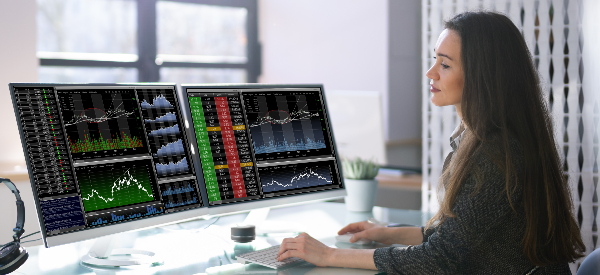

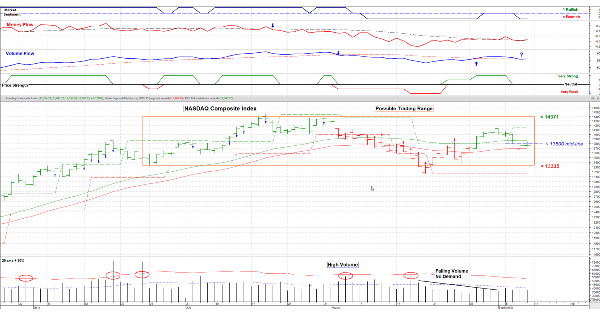


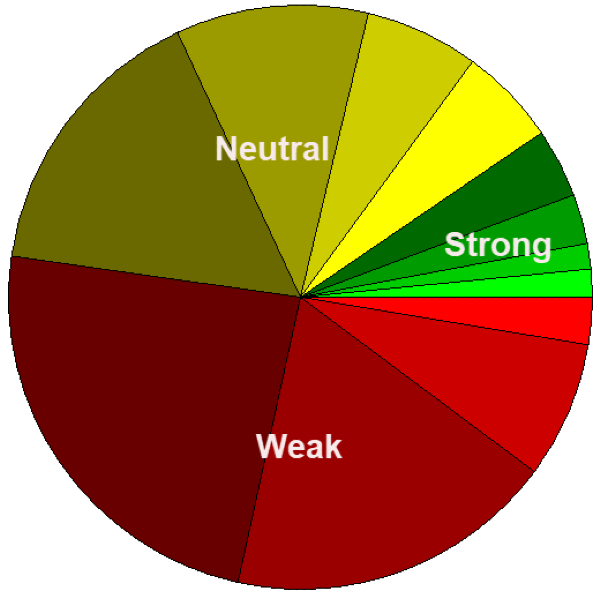
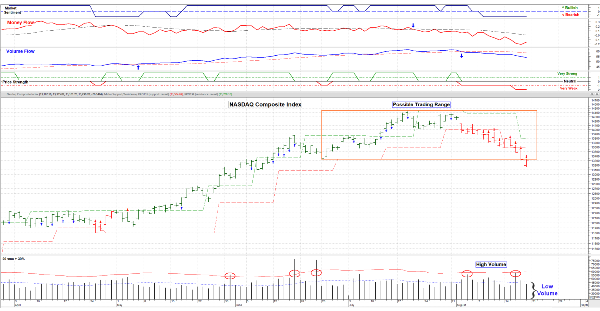
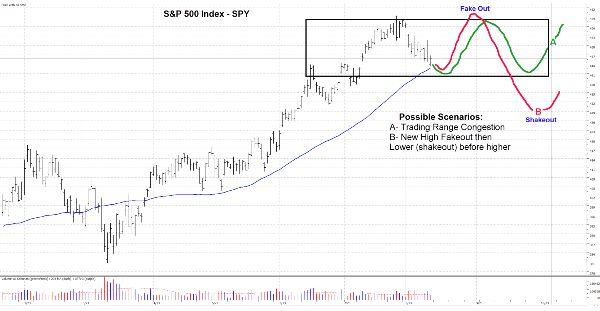




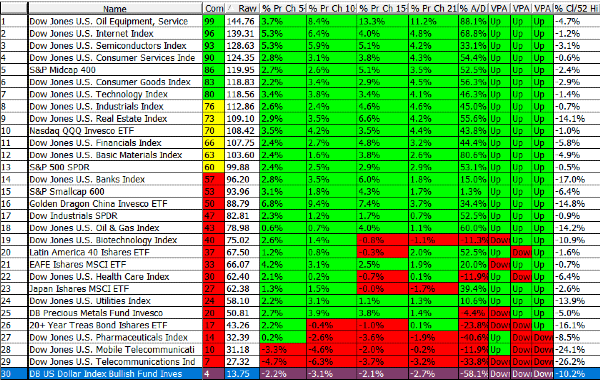
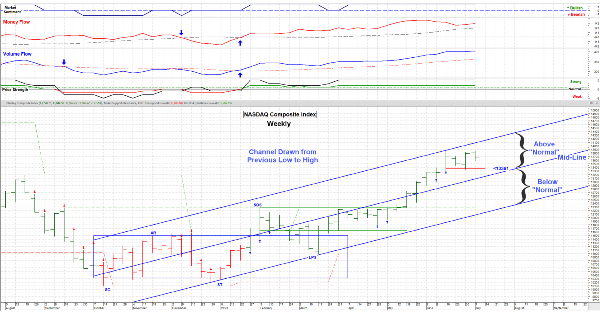
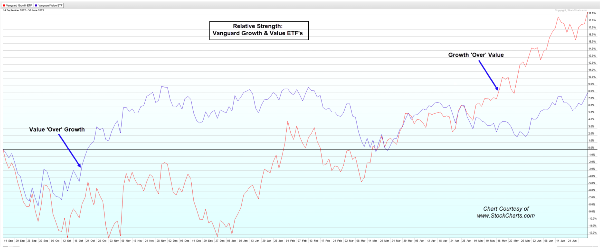
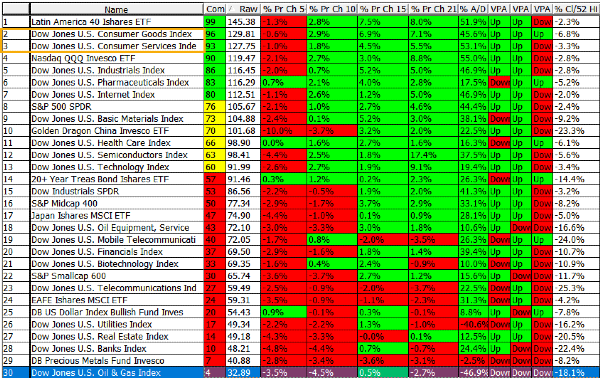
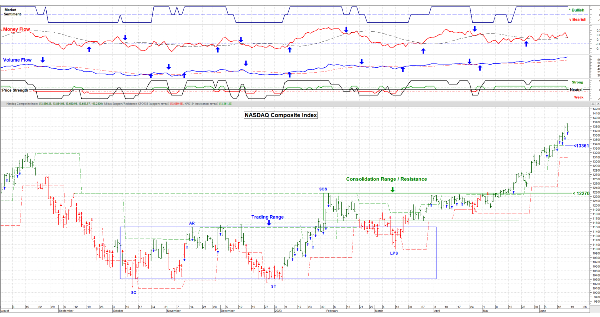

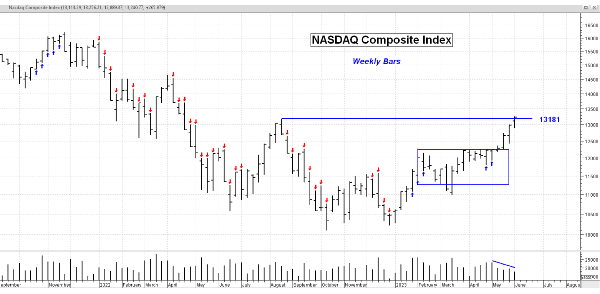
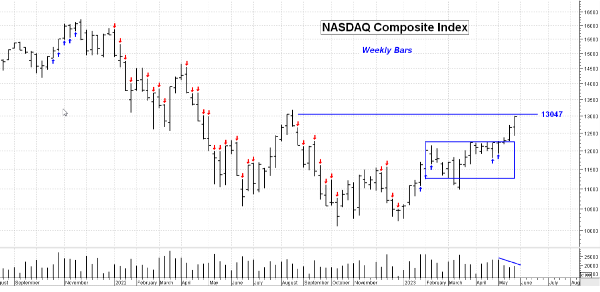

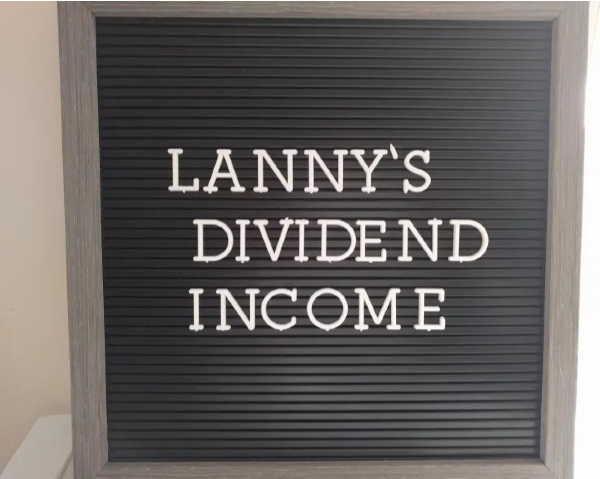








How Many Value Stocks Should I Own?
On a typical trading day, value investors should own 30 to 50 stocks if the market is not overheated or undervalued. However, value investors never have a quota on the number of stocks they must own.
When the market crashed in 2009, Warren Buffett and other value investors just started buying broad market ETFs like SPY and DIA. In their minds, the whole market was undervalued. When the market is too hot, value investors may even eliminate companies from their portfolio in preference for cash.
On a typical trading day, Warren Buffett’s company Berkshire Hathaway, owns about 50 stocks. That seems like a good limit for the average investor, as even the best value investors at Berkshire Hathaway limit themselves to 50 companies.
The Dow Jones Industrial average has 30 stocks. That is a good minimum number of stocks you would want to own as a value investor. The Dow Jones is a reputable index that was created in 1886. As a value investor, you’re trying to beat the overall stock market, so it may make sense to have at least a similar number of stocks in your portfolio as the indices you’re trying to beat. The Dow jones’ 30 stocks is just a fraction of the total 2,400 stocks listed on the New York Stock Exchange.
How Many Stocks Should the Average Investor Own?
The average investor that uses a value investing strategy should have at least 13 stocks in their portfolio. Though you should strive to have more stocks in your portfolio, the reality is that the average investor has limited time to research investments.
The average retail investor has a job, family, and other pursuits and cannot dedicate as much time to investing as a professional. So, 13 stocks are the most you may be able to monitor and properly research. This number comes from some requirements and assumptions:
Of course, this is an oversimplification. You might be asking, when should I be discovering new investment opportunities? But the point is that for the average investor, a portfolio of 13 stocks balances three objectives:
How Many Stocks Should I Own with $1k, $10k, or $100k?
Let’s start at the very lowest portfolio value: $1. At one dollar, you should buy a fractional share of stock immediately. One fractional share of stock costs you zero commission, zero in taxes (for certain tax brackets), and will make you more money in the long run than buying a lottery ticket.
Literally buy whatever stock you know of.
For your first stock, it doesn’t matter what you buy, you just need to start. Delaying investing is the biggest mistake new investors make.
However, after your first investment, you need to dedicate time to properly researching a stock. Value investing involves calculating an intrinsic value of a company, then assessing your risk factor to discount the price point you’re willing to invest at.
Take your time to assess stocks. This process can take months for a new investor. In the meantime, diversify your value portfolio with ETFs to keep exposure to the market.
As you find the specific stocks you want to invest in, reduce your positions in ETFs to focus your capital on the stocks you assess can outperform the broader market.
How Many Stocks Should I Own with $10,000?
Once you reach $10,000 in your portfolio, you should be investing in at least 13 stocks. Unlike new investors starting with as little as $1 or $1000, $10k is enough money that you should dedicate the time weekly to assess one stock in your portfolio. Hence, at $10k, you need to make time to assess your portfolio and keep it growing.
Long-term investors like BetterInvesting Clubs have been able to beat the broader market. Taking at least an hour a week, let’s say you beat the market and make a 15% annual return. That is $1,500 you just made! Divide that by the hours you spent doing your research, and you earned $28.84 an hour!
At $10k, it is worth your time to have 13 quality stocks you can dedicate at least an hour to studying every quarter.
How Many Stocks Should I Own with $100,000?
When you get to $100,000, you should begin to transition from 13 stocks to 30 stocks or more. However, at $100k, there are some other opportunities to consider.
The use of options can help add more profit to your portfolio
Unlike shares of stock, options contracts are not traded as fractions. One contract equals 100 shares. The typical price of a stock will vary as stock prices are arbitrary and can be adjusted by a company using splits. As of Q3 2023, the average price of a stock in the Dow Jones industrial average was $176. Hence, the typical options contract for a Dow Jones stock needs to be able to cover $17,600! The lowest stock on the list was Walgreens (WBA) at $22.48.
Hence, you would need $2,248 to cover this option position.
To diversify $100k into 30 stocks, you would need to spend $3,333 per stock. However, this may then prohibit you from using options to supplement your portfolio. If the stock price is over $33, you would have to put more money into that stock to get 100 shares, reducing your portfolio’s diversity.
In general, consider 30 stocks when you have $100,000 in investments.
Side Note: How to Add More Profit with Options
A simple way to add profit to your options while keeping risk low is to use options to buy and sell stock.
Tips for Diversifying Your Portfolio
Diversifying your portfolio reduces risk from unforeseen black swan events. These events are unpredictable and can affect a single stock, a specific sector, or the whole market. Diversify your portfolio by doing the following:
Pros and Cons of a Portfolio with Few Stocks
Pros
Cons
Can you Over Diversify a Portfolio?
Yes, you can be over diversified when you cannot conduct proper research on every stock you own quarterly. For new investors, this limit is about 13 stocks. For even seasoned retail investors, you can be over diversified if you exceed 50 stocks. The best value investors at Berkshire Hathaway only have around 50 stocks in their portfolio.
Most importantly, once you pass 50 stocks, it’s easier to just buy an ETF that is a basket of the stocks you’re interested in. Though there isn’t likely an ETF that has exactly the basket of stocks you’ve invested in, there is likely an ETF that is similar enough.
FAQs for New Value Investors
How Many Shares do you Need to Make Money?
You can make money with just a fractional share of stock. In the 90’s and early 2000’s, commissions would eat away at your profit, and you couldn’t buy fractional shares at major brokerages. Hence the belief that you need a lot of shares to make money. This was true back then, as commissions could be $10 a trade! Buying $1 of stock was untenable then.
However, nowadays, you can pay no commission, and even no taxes if your taxable income is below a certain threshold. That means there is no profitability increase between a fractional share of stock, 1 share of stock, 100 shares of stock, or a million shares of stock. Any amount invested in a company will give the same profit return regardless of the number of shares you own.
Can 1 Share of Stock Make You Money?
One share of stock can make you money. A fractional share of stock can make you money. The value of a share of stock is arbitrary. It depends solely on the number of shares a company issues. Because of splits and reverse splits, a company can effectively set the price of a stock to what they want.
However, this does not add any value or profit to investors who own stocks during a split. If a stock splits, the price is halved at the start of trading and all investors now own twice as many shares.
Hence, 1 share of stock could equal $1 million or $1.00. Either way, you can make money on 1 share of stock.
Does Owning 1 Share Make You an Owner?
Owning just one share of stock makes you an owner of the company who issued the stock. You have the privilege to take a share of profits in the form of dividends, sell your share of the company, and vote for board members. The last item is very important as your ability to make money from the company you bought will depend on the decisions made by the board of directors.
Owning a fractional share may not mean you are an owner. You get to make money from dividends and sell your shares for a profit; however, you may not receive voting rights.